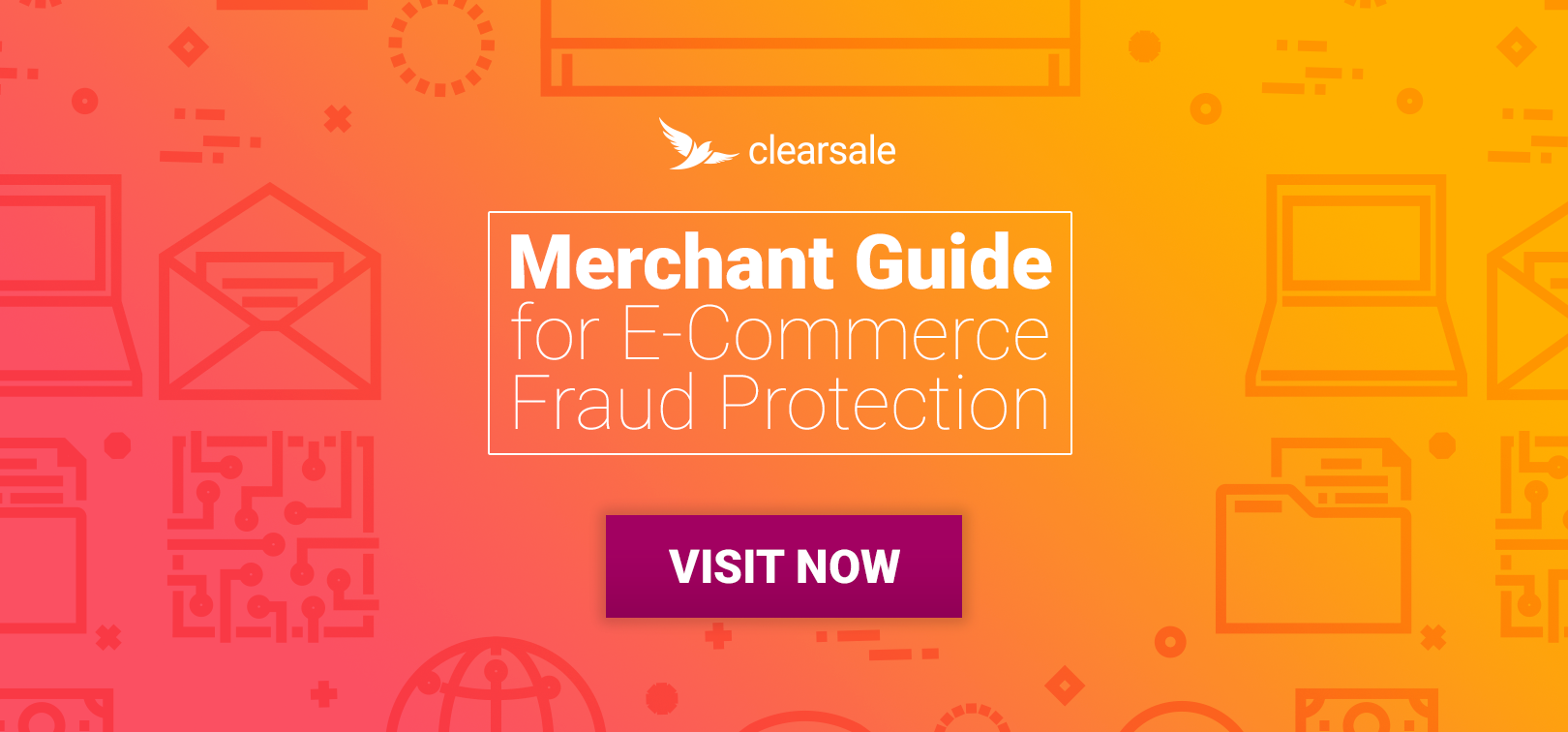Are Your Chargeback Rates Too High?
Every online business is looking to make a profit. Keeping your chargeback rate at a minimum is a smart strategy to improve your bottom line.
Not only are chargebacks a hassle to deal with, but they also take away valuable time, resources and money that could be spent building your business. Even worse, they can be catastrophic to your online business if you receive too many.
But how many, exactly, is “too many”? One? A hundred? Somewhere in between? It turns out that although there’s an average chargeback rate that merchants shouldn’t exceed (1% of monthly transactions), this is by no means a hard-and-fast rule.
Here’s what merchants need to know calculating, managing and reducing their chargeback rates.
About the 1% Chargeback Rate Guideline
Calculating a chargeback ratio seems straightforward enough: Generally, it’s the total number of chargebacks in a month divided by the total number of transactions in a month.
While most merchants think they’re safe if their chargeback ratios stay under 1%, it’s not always that simple. Here’s why.
Varying Calculation Rates
Each card issuer calculates monthly chargeback rates slightly differently. For example, Visa divides the number of chargebacks in a month by the number of transactions processed during that same month. But Mastercard divides it by the number of transactions in the previous month.
Business Factors Play a Role
Many factors affect chargeback rates, like average transaction size, transaction volume and conversion ratios. Smaller merchants processing fewer transactions each month might be afforded more flexibility than their larger counterparts, while higher-risk merchants doing business in a vertical with an increased risk for fraud and chargebacks may have less of a margin for error.
Past Performance Matters
Processors often take a merchant’s chargeback history into account, being more flexible (and forgiving) with those who have a track record of a low chargeback volume.
Card Issuers and Acquirers Can Set Their Tolerance of Chargebacks
While Visa and Mastercard enforce a maximum chargeback ratio of 1%, other acquirers enforce even stricter limits. The reason? Acquirers are held responsible for their merchants and are assigned monthly penalties and fees by issuers for accounts that exceed the established chargeback thresholds. Although acquirers generally pass on those expenses to their merchants (plus a markup), too many months of exceeding chargeback limits can make merchants an expensive liability. So, to minimize their losses, acquirers may set even lower chargeback ratio maximums and release those merchants that exceed them.
What Happens to Merchants With Too-High Rates?
If an acquirer thinks the merchant is too big of a risk or repeatedly incurs too many chargebacks, that merchant might find themselves with a canceled account. When that happens, e-commerce merchants lose the ability to process credit card transactions at all. Often their only alternative is to secure a high-risk merchant account, whose associated fees and conditions can sometimes prove disastrous to a growing business’s bottom line.
Other merchants might find themselves labeled as high-risk and required to enter chargeback monitoring programs, like the Visa Chargeback Monitoring Program (VCMP). While programs like these are designed to help merchants learn how to manage and reduce disputes, VCMP also penalizes these e-commerce businesses for chargeback ratios that are too high.
How Merchants Can Reduce Their Chargeback Rates
Luckily, high chargeback rates don’t have to be fatal for an e-commerce business. But luck alone won’t be enough to ensure you don’t exceed 1% each month. Instead, merchants must always be looking at smart strategies to help them reduce their chargeback ratios — and preventing chargebacks from happening in the first place. Here are just a few elements of this long-term, committed approach that merchants should be incorporating.
Add Fraud Filters
Fraud filters can prevent fraudulent orders from processing in a store, potentially reducing chargeback risk. Simple filters like an address verification system help ensure billing and shipping addresses match, while a card verification value (CVV) filter looks for discrepancies between a card’s CVV number and the one entered during checkout.
Update Return and Refund Policies
Clearly written return and refund policies to make it easier for customers to change their minds about a purchase without resorting to a chargeback. Strict policies (especially around the holidays) can result in frustrated customers who might look to chargebacks for self-help refunds if they find the narrow window for returns has closed.
Publish Comprehensive Product Descriptions
Be clear on your product pages. Use photos from different angles, robust written descriptions and even reviews from other customers to help customers know exactly what they’re getting before they check out.
Send Recurring Billing Reminders
Provide reminders of recurring billing subscriptions to ensure customers know exactly when — and for how much — their account will be charged.
Partner With a Trusted Fraud Prevention Solution
Another smart long-term strategy in chargeback management is working with a trusted partner in chargeback and fraud prevention.
ClearSale’s comprehensive fraud protection solution can help e-commerce merchants maximize their sales while protecting their profits. Contact a ClearSale credit card fraud analyst today to learn more about how our multilayered approach can protect your business against chargebacks.
 Bruno Farinelli
Bruno Farinelli

